What are Scrubbers? | Scrubber Definition
Industrial Scrubbers are crucial pollution control devices that remove hazardous particles from industrial exhaust gas streams before releasing them into the atmosphere. Scrubbers are engineered equipment that uses liquid to remove particulate matter, solids, mist, and harmful gases. The liquid in its atomized form entrains particles and pollutant gases and effectively cleans them from the gas flow. Industrial Scrubbers can also be used to recover valuable products preventing loss of products. As scrubbers purify gases they are also popularly known as gas scrubbers.
Along with the capability of handling explosive and flammable gases safely, Industrial Scrubber can also provide cooling. Scrubbers for air pollution control devices, suffer from high levels of corrosion and produce slurry waste streams.
An industrial scrubber system usually incorporates a system fan, recycle pump, instrumentation and controls, mist eliminators, and exhaust stack. They can be designed as either vertical or horizontal. A scrubber material should be corrosion-resistant. The mechanical scrubber design depends on various parameters like:
- operating process conditions
- flow rate
- temperature
- concentration
- removal efficiency
- the chemicals being removed, etc
Depending on the chemicals or pollutants that need to be removed such as ammonia, sulfur, and chlorine, the scrubbing material is selected. Fig. 1 below shows a vertical gas scrubber in an oil and gas facility.
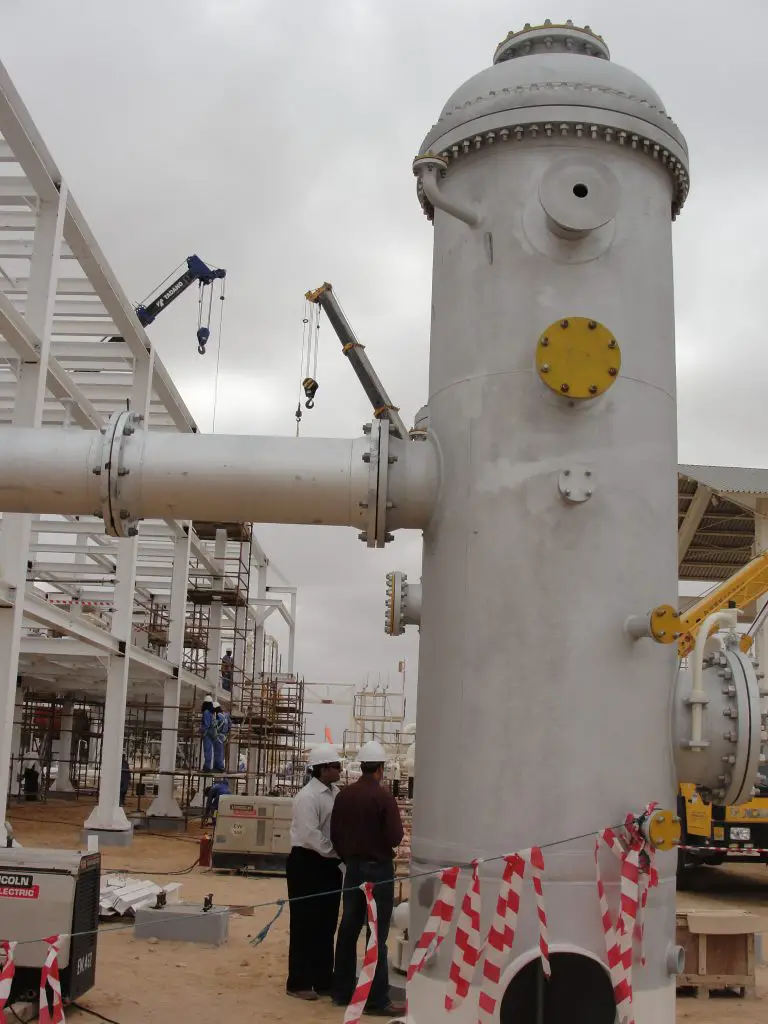
Applications of Industrial Scrubbers
Industrial mechanical scrubbers can be used for a variety of industrial processes involving gases. Any industry with a high level of air toxins or odors, or burning fossil fuels must install a properly designed scrubber system. Some typical examples of the application of industrial scrubbers are:
- Acid Plants
- Chemical Industry
- Steel mills
- Large Power Plants
- Fertilizer plants
- Surface treatment
- Asphalt plants
- Pharmaceutical industry
- Waste incineration installations
- Storage and transfer of chemicals
Functions of Industrial Scrubbers
The different types of industrial scrubbers help to protect the environment by eliminating hazardous chemicals and acids from polluted industrial exhaust gases. The main functions that industrial scrubbers serve are:
- It ensures that the exhaust gas released into the environment will not cause an undue amount of pollution.
- They reduce the chances of acid rain by removing harmful acid gases.
- Local cleansing.
- Fume abatement.
- Heat recovery from hot gases.
Types of Industrial Scrubbers
Depending on the working principles of industrial scrubbers, they are grouped into the following three classes:
- Wet Scrubbers
- Dry Scrubbers, and
- Eletrostatic Precipitators
Wet Industrial Scrubbers
The wet industrial scrubber is one of the most basic forms of the industrial scrubber. They use a wet substance (Mostly water) to remove harmful substances. The wet substance is encapsulated in a metallic or composite container. When the contaminated gas is passed through the container, the water/wet substances absorb or dissolve the contaminants.
Wet scrubbers are manufactured in numerous configurations. With an increase in gas-to-liquid contact time inside the scrubber, the removal efficiency increases. Also, increasing surface area and mixing can improve the performance of wet industrial scrubbers.
Depending on the pollutants present in the gas exhaust, various chemicals with positively or negatively charged or non-charged chemicals are used in wet industrial scrubbers. In general, to remove particulate matter and dust, water is used. However, to eliminate airborne contaminants like acidic gases, wet chemicals are used.
Note that, high amounts of water vapor or moisture are added to the gas that is being expelled from the wet scrubbers. When this gas is released from vents, it is visible as a white smoke cloud.
Wet scrubbers are grouped into various types as follows:
- Spray Tower wet scrubber
- Cyclone Spray Chamber wet scrubber
- Venturi wet scrubber
- Orifice wet scrubber
- Impingement wet scrubber
Dry Industrial Scrubbers
As the name suggests, dry scrubbers use dry substances to purify the gas. A dry industrial scrubber consists of a reaction center with dry sorbent or reaction material to absorb harmful contaminants from the polluted gas. There is a material component to remove the reaction product.
Dry scrubbers are widely used to eliminate acids found within gasses. To remove the acid from the gas, an alkaline dry sorbent is used. The sorbent is basic and neutralizes by reacting with the acid present in the gas. There are two different types of dry industrial scrubbers.
- Dry sorbent injection process where the gas is mixed directly with the alkaline sorbent.
- Spray dryer absorbent method where the contaminated gas is processed through a mist of the sorbent. The sprayer dryer produces a good mixture and efficient removal of hazardous pollutants.
The working of dry industrial scrubbers is almost similar to wet scrubbers except that dry reagents are used. Even though Dry scrubbers are not as effective as wet scrubbers, they are preferred because dry scrubbers create very little waste as compared to wet scrubbers. At the same time, the hassles of disposing of wet waste material are removed.
Electrostatic Precipitators or ESPs
Electrostatic precipitators use charged energy to remove dust and other contaminants from a gas stream. They match the polarity and type of charge to bind to and remove the pollutants from the gas. ESPs have a very high collection efficiency. Depending on the cleaning of the collected particles in collector plates, Electrostatic precipitators are of two types:
- Dry ESPs where the collected particles are removed from collector plates as dry material by mechanical impulse or vibration.
- Wet ESPs where the colletor plates are washed with water.
A plate precipitator is a typical example of a dry electrostatic precipitator. A sheet of metal is charged with a specific type of charge that runs parallel with the piping. When the gas passes through the plates, the dust and other contaminants are removed. Wet electrostatic precipitators aid in removing high moisture gases like sulfuric acid.
An electrostatic precipitator is usually comprised of gas distribution plates, discharge electrodes, collection surfaces, and rappers.
Products from Different Types of Industrial Scrubbers
Though the products of scrubbers are hazardous waste products, they can be treated to make them useful products. In many cases, the scrubber and downstream processing creates a solid slurry that is separated from the purified gas. The pollutant product is processed further to make it a useful end product.
Gypsum extracted from scrubbers used in coal power plants is an example of a useful product. This synthetic gypsum is used as a drywall component. Companies need to understand the byproducts of their scrubbers. They must be properly disposed of hazardous waste. Recycling waste is a great option. This will save us from hazardous waste disposal. Also, the byproduct will help in making money.
Advantages of Industrial Scrubbers
The main advantages that an industrial scrubber system provides are:
- Effective prevention of pollutants.
- Handling of flammable and explosive dust with little risk.
- Providing gas absorption and dust collection in a single unit.
- Cooling of hot gases.
- Compact design helps in retrofitting any existing collection systems without requiring much space.
- Corrosive gases and dust are neutralized.
- Very low maintenance cost.
Disadvantages of Scrubbers
The main disadvantages of industrial scrubbers are
- High corrosion potential.
- The collected particulate material may be contaminated and unrecyclable.
- Freezing protection may be required.
- Waste sludge disposal may be expensive.
Frequently Asked Questions with Answers
- What is industrial scrubbing?
- The process of removing unwanted pollutants from industrial exhaust gas streams using industrial scrubbers or gas scrubbers is known as industrial scrubbing.
- How does a scrubber work?
- The industrial gas stream is passed through the scrubber where the hazardous contaminants are absorbed by the liquid/solid particles present. The pure clean gas is then vented to the environment.
- What liquid is used in most commercial scrubbers?
- Water is the most common liquid that is used in most industrial wet scrubbers.
- How many types of scrubbers are there?
- Broadly, there are two main types of scrubbers; wet scrubbers and dry scrubbers. Each of these two types of scrubbers has its subcategories.
- What do scrubbers remove?
- Industrial Scrubbers remove harmful and hazardous substances from industrial exhaust gases or flue gases.
- How effective are scrubbers?
- The efficiency of scrubbers depends on various factors. With proper design, scrubbers can show 95% efficiency in particle removal.
- Where are scrubbers used?
- A properly designed scrubber should be used in all industries with a high level of air toxins or odors, or burning fossil fuels.
- Why do industrial factories use scrubbers?
- To safely remove hazardous solids, mist, and harmful gases from exhaust gases.
- What are scrubbers for acid rain?
- The scrubbers that eliminate the acid-forming components (Sulphur, HLC, NOx, components) from the exhaust gases to prevent acid rain are known as scrubbers for acid rain.

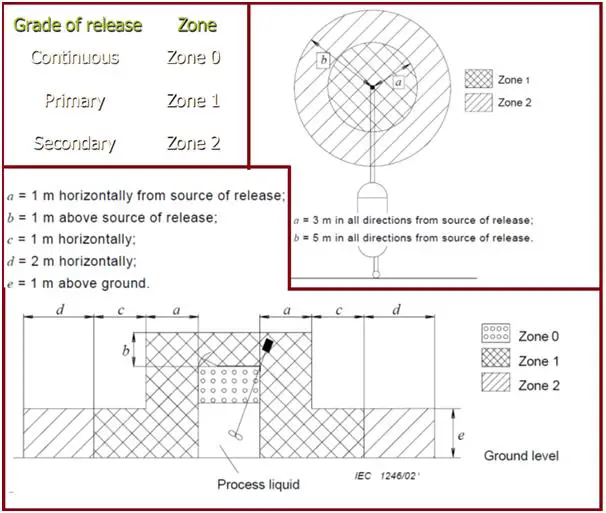
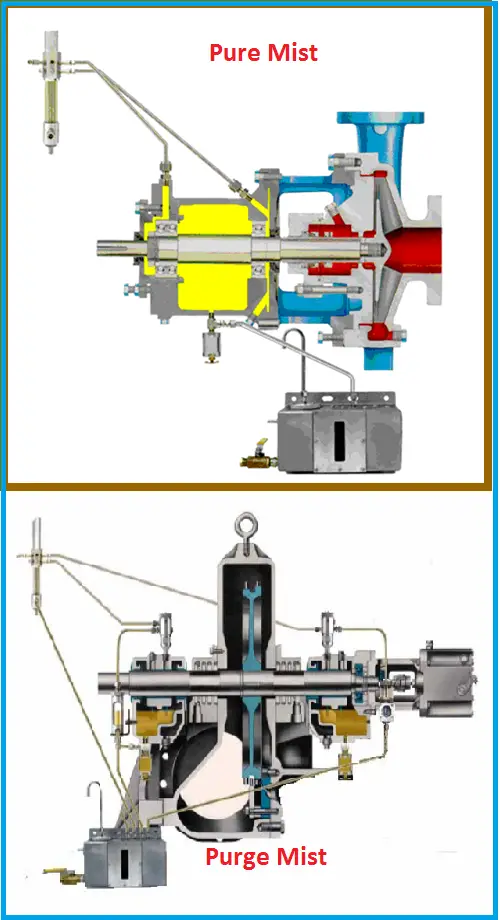
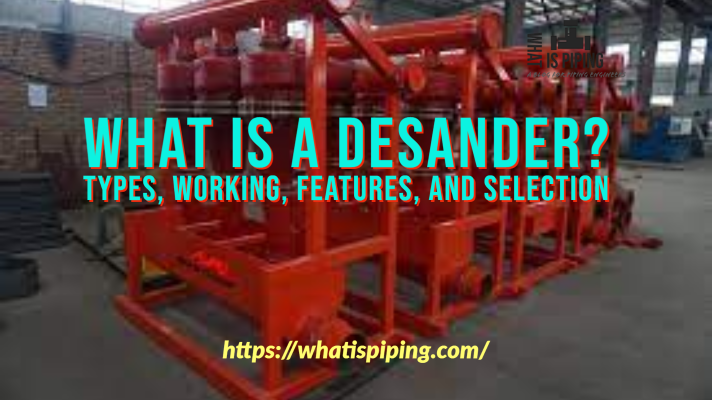


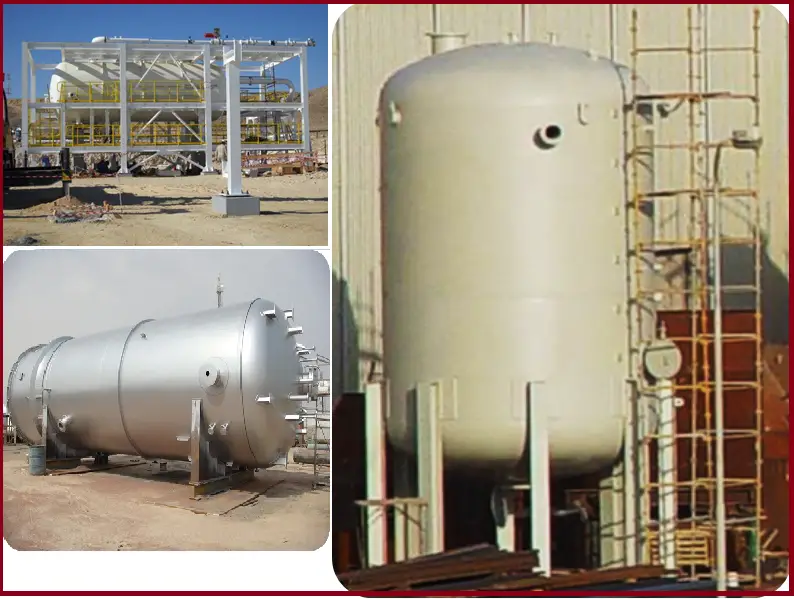

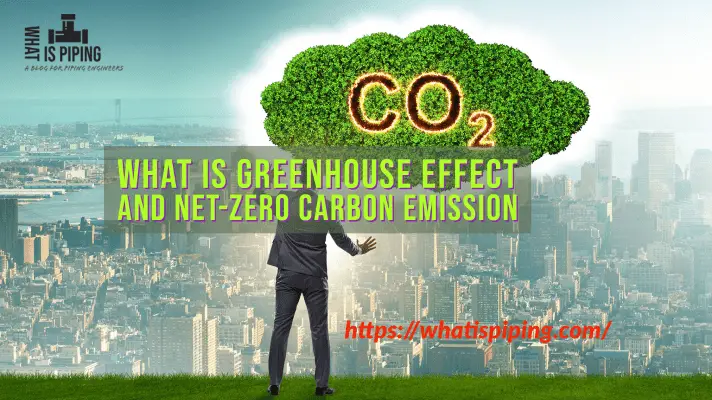
Thanks sir. The blog was helpful.
Sir , nice information, about scrubber,
Currently grreen hydrogen projects for Alkaline water electrolysis , hydrogen electrolyzer unit for production of grreen hydrogen which type of scrubber are used when o2 n h2 are seperated.